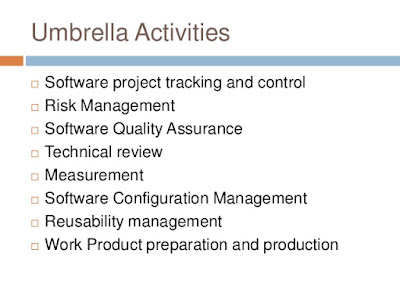Application Layer Protocols HTTP/HTTPS/NTP/DNS
Application layer protocols enable our human network to interface with the underlying data network. When we open a web browser or an instant message window, an application is started, and the program is put into the device's memory where it is executed. Each executing program loaded on a device is referred to as a process.
(Note:All above protocols use the Packet switching for communication)
- HTTP
- HTTPS
- NTP
- DSN
HTTP (Hyper text transfer protocol)
- HTTP is the set of rules for transferring files (text, graphic images, sound, video, and other multimedia files) on the World Wide Web.
- Working principal:
- The command http:// is used to tell the Web server where www.key-to-programming.blogspot.com is hosted that the user is requesting to get a hypertext page from that server.
- The server finds the appropriate hypertext file and sends it back to the user using hyper text transfer protocol where it is then displayed in their browser.
HTTPS(Hyper Text Transfer Protocol)
- HTTP is the set of rules for transferring files (text, graphic images, sound, video, and other multimedia files) on the World Wide Web in encrypted format that makes it more secure.
NTP(Network Time Protocol)
- For management of the date and time over the internet.
DNS(Domain Name System)
- It manages the name of the domains of different websites against their IP(Internet Protocol) addresses.
(Note:All above protocols use the Packet switching for communication)



Comments
Post a Comment